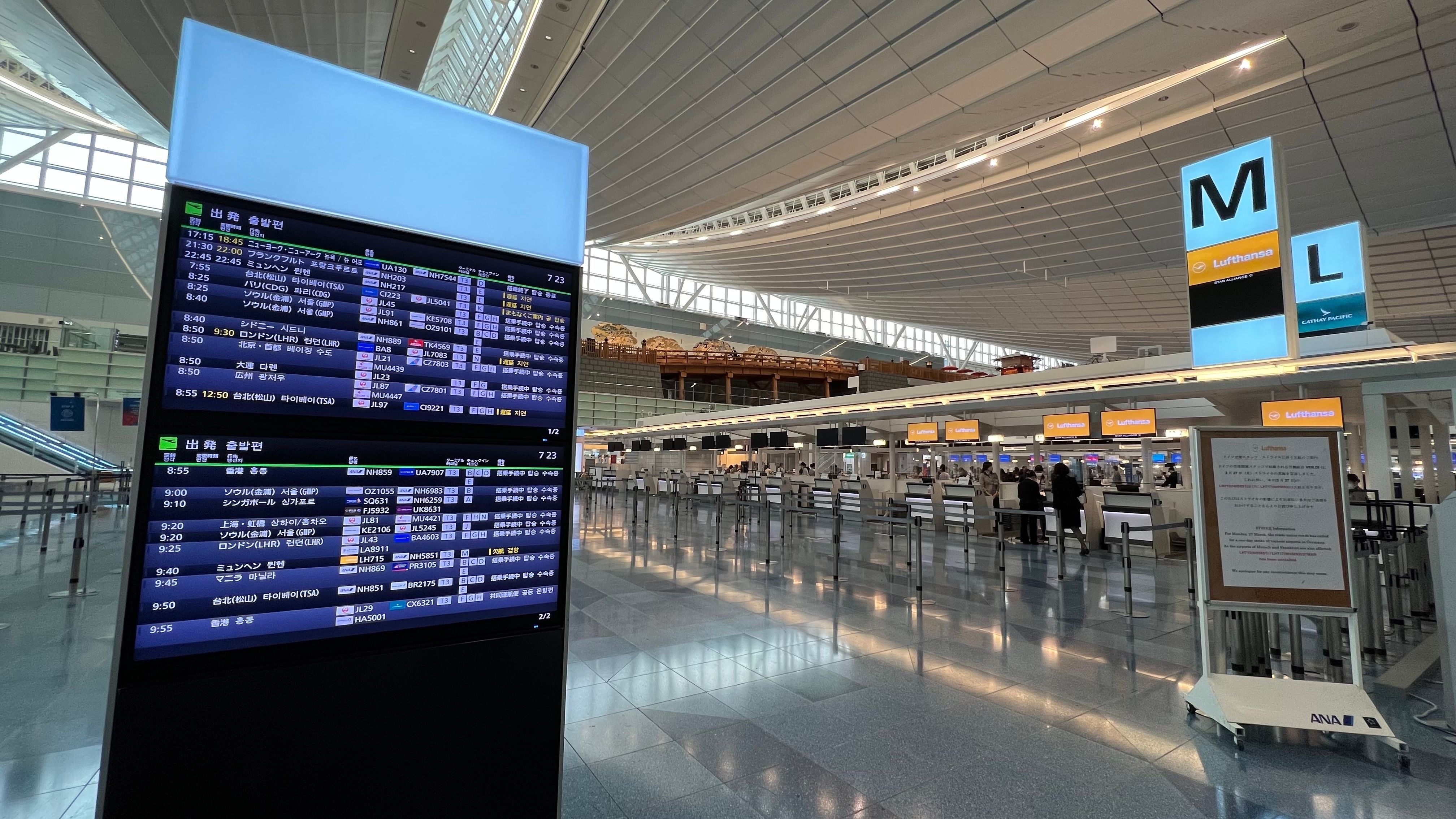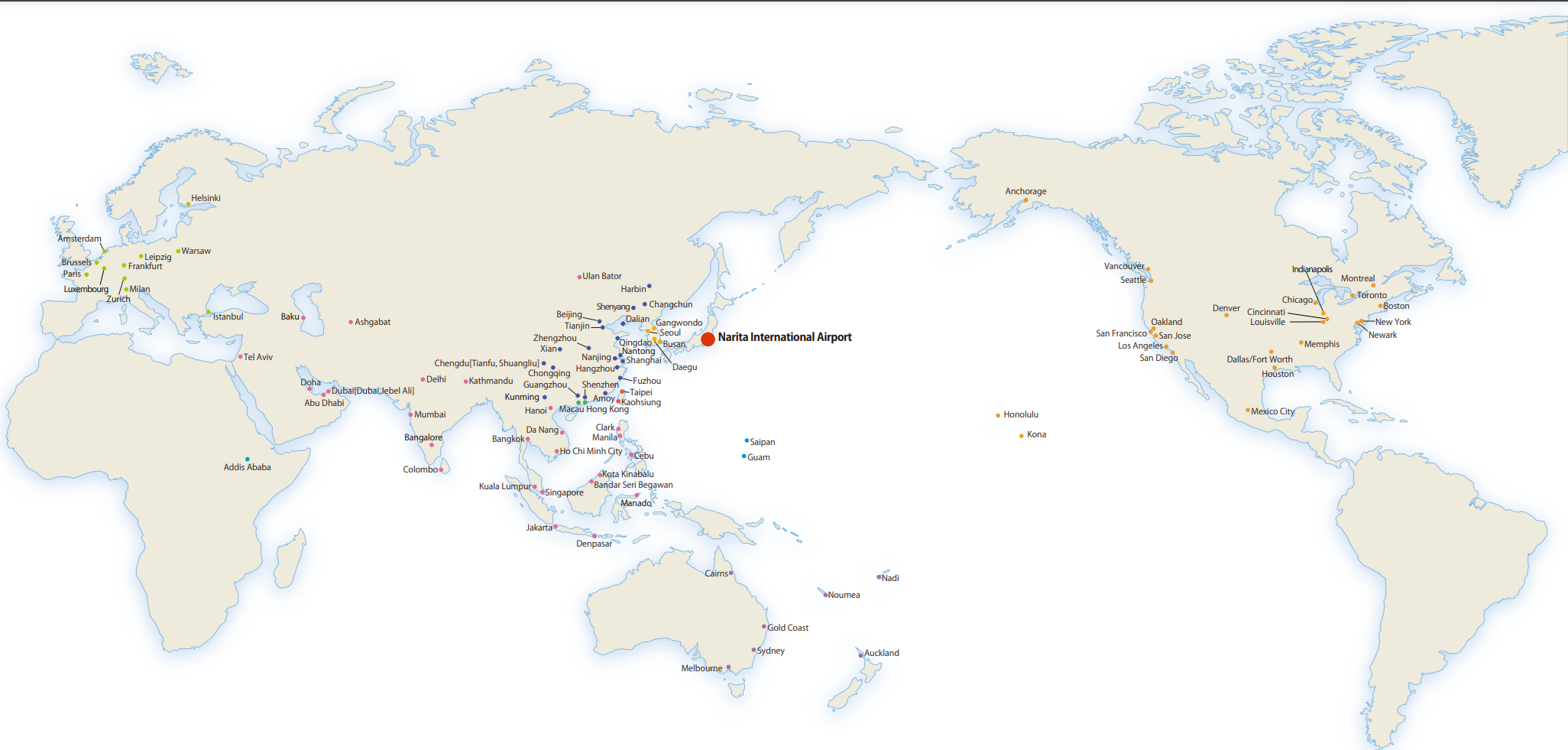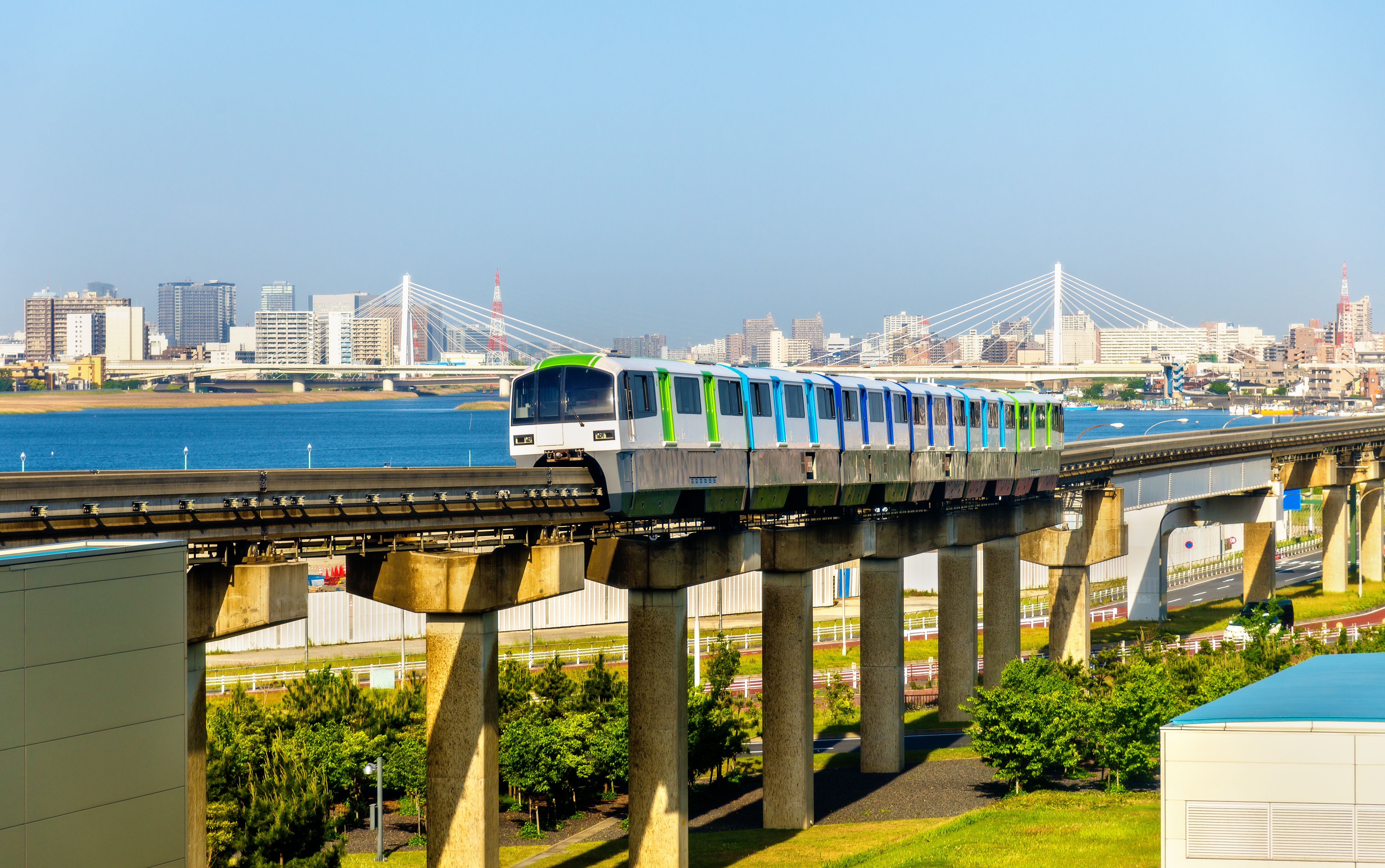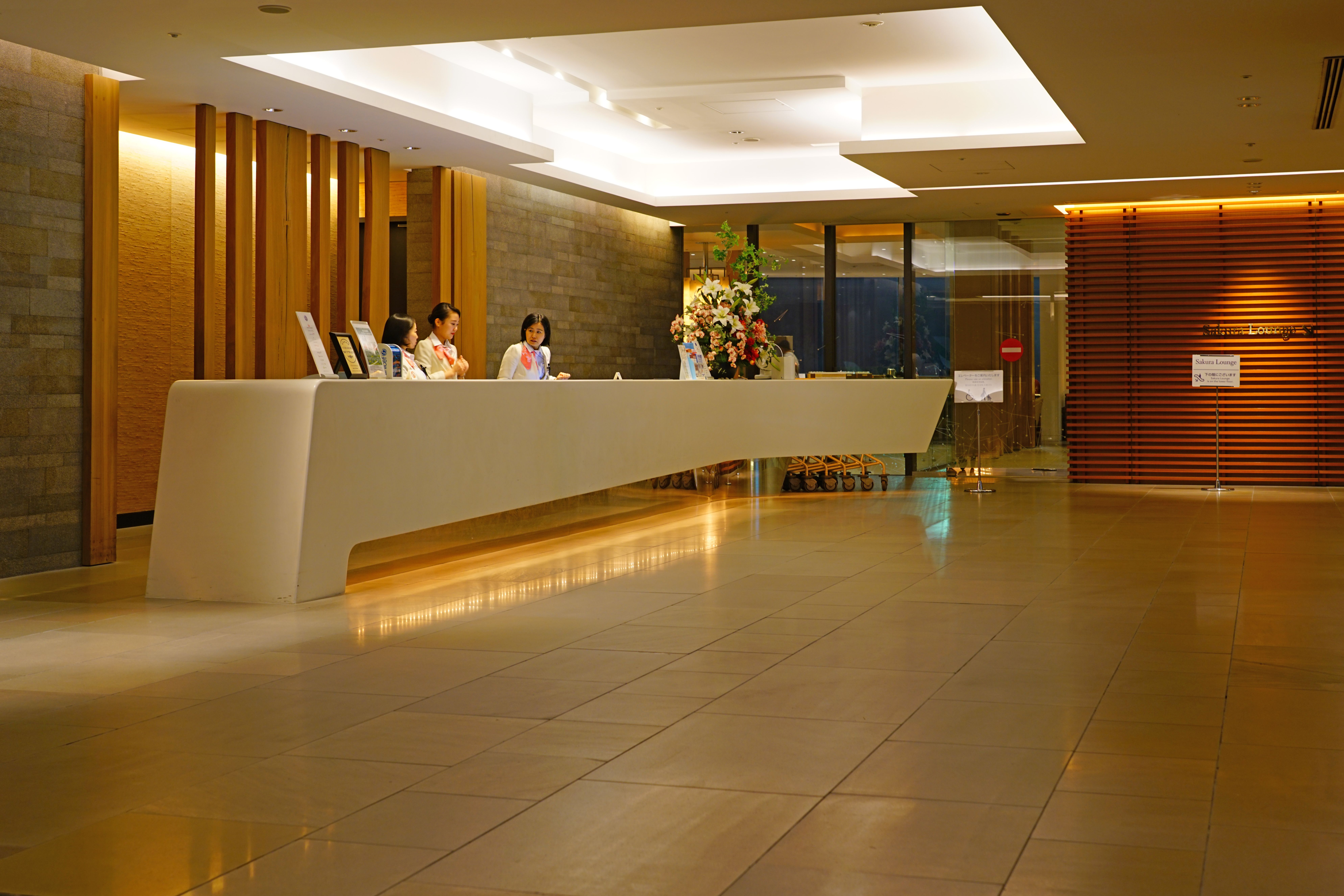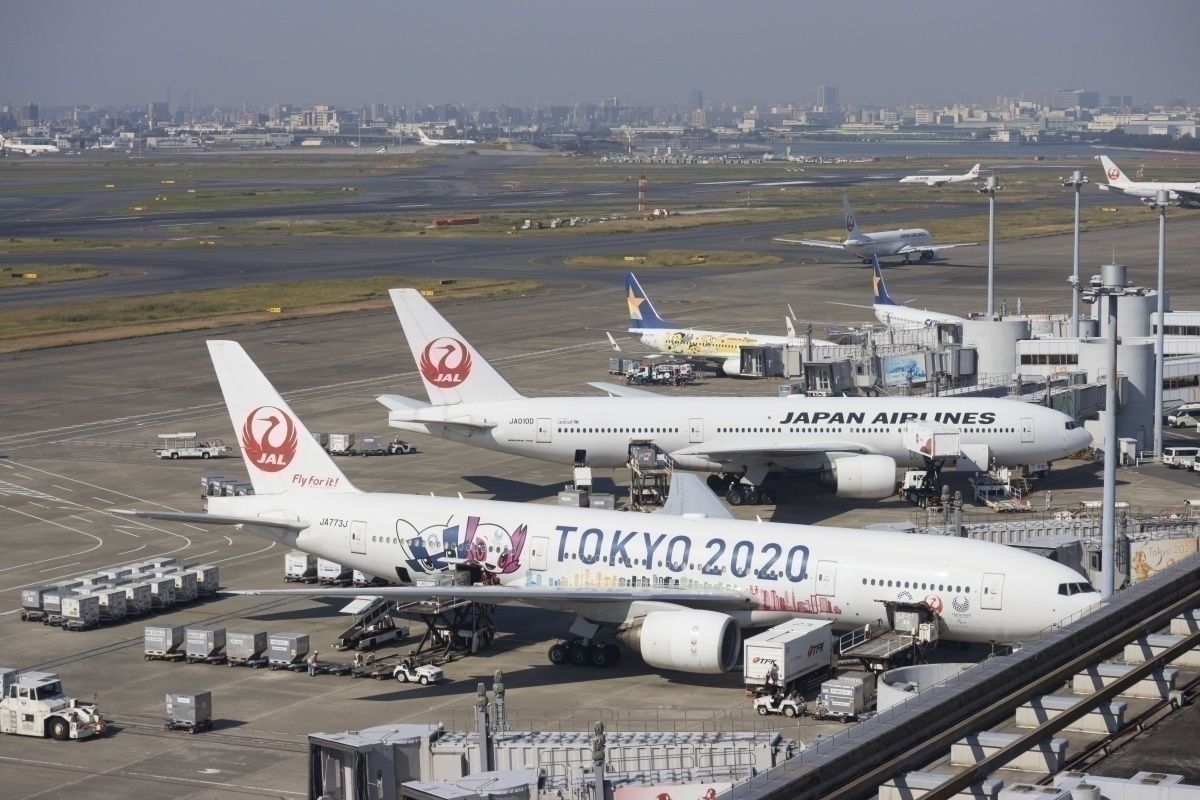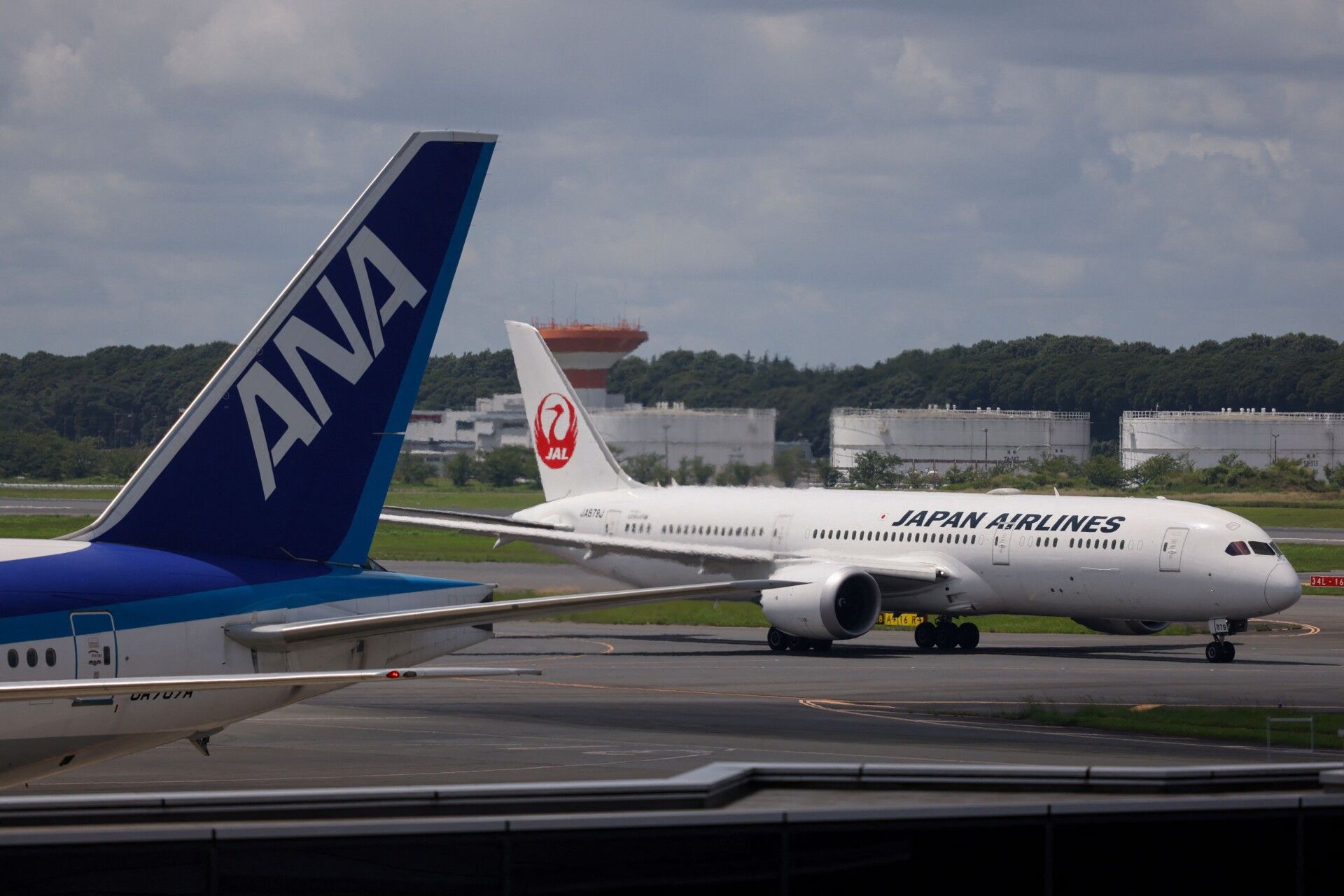Do you plan on flying to Tokyo? If you ever have, or have plans to in the future, you’ll know that Japan’s capital city has two airports for passengers to fly into: Haneda and Narita. Let’s compare the two airports to determine which is best for travelers.
Narita Airport
Narita International Airport (NRT) is situated about 75 km east of Tokyo. The Japanese government calls it the “major international airport in Japan” – it is the country’s busiest international gateway, but the second-busiest airport overall behind Haneda.
Photo: Rick Siu / Shutterstock
The airport handled over 15 million passengers in 2022, but its capacity was significantly hindered by Japan’s stringent international COVID restrictions. In 2019, Narita exceeded 44 million passengers and had been growing consistently over the decade before the pandemic hit.
The majority of passengers at Narita are of course international. Capacity at the airport could grow considerably if its plans for expansion go ahead. Narita wants to build a third runway which would boost its slot capacity by over 50%.
Haneda Airport
Haneda Airport (HND), on the other hand, is located just beside Tokyo in an area called Ota City. The airport has long been the busiest in Japan and was once the country’s main international airport prior to 1978 when Narita was built.
Photo: Pimonmartj / Shutterstock
While Haneda offers numerous international destinations, 60% of passengers use the airport for domestic travel, according to the Ministry of Land, Infrastructure, Transport and Tourism. Thus, the ministry asserts it is an important hub for domestic air transportation in Japan.
The airport recently broke ground on its Haneda Airport Access Line project, which will construct a new railway connection with Tokyo. Slated for completion in 2031, it would take passengers just 18 minutes to reach central Tokyo.
Destinations
To put it simply – Narita offers more international flights, while Haneda offers more domestic connections across Japan. However, both airports handle international and domestic operations, and prior to the COVID-19 pandemic, many airlines were switching over to Haneda to offer international services.
Photo: Narita International Airport
Narita currently boasts around 120 destinations across 35 countries, which includes 19 domestic destinations and over 100 international. As for its US connections, the airport has direct flights from 20 airports, including New York (JFK), Los Angeles (LAX) and Dallas/Fort Worth (DFW).
Haneda Airport offers just over 100 destinations – of which around 50 are domestic – and its international connections are growing. The airport is enjoying a significant boost to its long-haul capacity since Japan opened up internationally, welcoming several new routes over the past year. Its new Terminal 2 also reopened this summer, one more reason why travelers might consider HND as their Tokyo airport of choice.
The two legacy carriers of Japan, All Nippon Airways and Japan Airlines, fly to both airports. In fact, many large airlines serve both airports, and there is a diverse range of options in terms of carriers and their destinations.
Accessibility
Accessibility is one of the biggest factors for most travelers. For the majority of travelers who are looking to visit Tokyo, there is a clear winner in this department: Haneda.
Narita is located considerably further from Tokyo at around 75km, while Haneda (23km away) is pretty much part of Tokyo’s metropolitan sprawl (even if it is technically considered a different city). For travelers on a budget, it is possible to take a regular Tokyo Metro service to Haneda Airport, whereas accessing Narita requires a more expensive train ticket.
Photo: Leonid Andronov / Shutterstock
When conducting a random GoogleMaps test from the Tokyo Central Post Office, you can get to Haneda in the middle of the day in 29-35 minutes. With Narita, that time will be over an hour. The train from Narita will also be more expensive – Japlanease states that a ticket from Narita into central Tokyo will cost around $45 for a return, while from Haneda it will be just $7.
Be mindful of your flight arrival and departure schedule too, as public transport times differ between the two airports. Trains to/from Narita clock off earlier than Haneda at around 21:45 in the evening, and also start running a bit later in the morning at 06:00. Conversely, you can catch the monorail from Haneda as late as 23:45, while the service to the airport begins at around 05:20.
Other factors
If you like aerial photography and want to get some good photos out of the airplane window, Haneda is the way to go! When departing the airport for a southern destination, sit on the right side of the plane for an up-close view of Mount Fuji. If you’re landing, of course sit on the left side. Depending on your flight’s approach and where you’re sitting in the plane, you can also get some great shots of Tokyo and its harbor.
Photo: EQRoy / Shutterstock
Regarding airport lounges, LoungeBuddy states there are a total of 28 lounges at Haneda Airport, including several by oneworld member Japan Airlines and Star Alliance’s ANA, as well as a brand-new Delta Sky Club. As for Narita, there are around 20 lounges, including a United Club and Korean Air KAL Lounge.
Lastly, Narita has some strict curfew hours overnight, as flights can only occur between 06:00 and 23:00 local time. On the other hand, Haneda does not have any curfew hour restrictions, although the majority of its shops will close between 00:00 and 06:00. Therefore, travelers may have a little more variety and selection when it comes to departure and arrival times.
Conclusion
With Japan having the amazing infrastructure that it does, both airports offer solid travel experiences. Most US-based travelers would pick Narita for its access to destinations stateside. However, Haneda has the edge in terms of its location and proximity to the city, while it is also ideal for inbound travelers exploring other areas of Japan due to its wider domestic network.
On a final note, try to avoid flying into one airport and catching a connecting flight at the other. It will usually take around 90 minutes (more depending on traffic) to transfer between the two airports. However, if you have plenty of time to spare between connections, then its not necessarily a bad thing.
What about you? Which airport would you choose to fly to/from when visiting Tokyo? Let us know by leaving a comment!
Source: Japlanease, LoungeBuddy
[ad_2]
Source link


